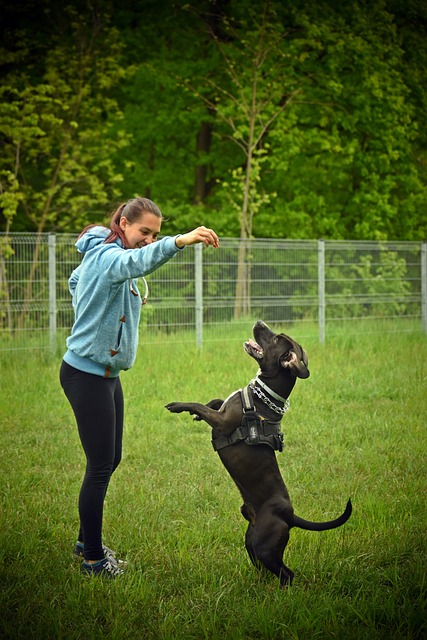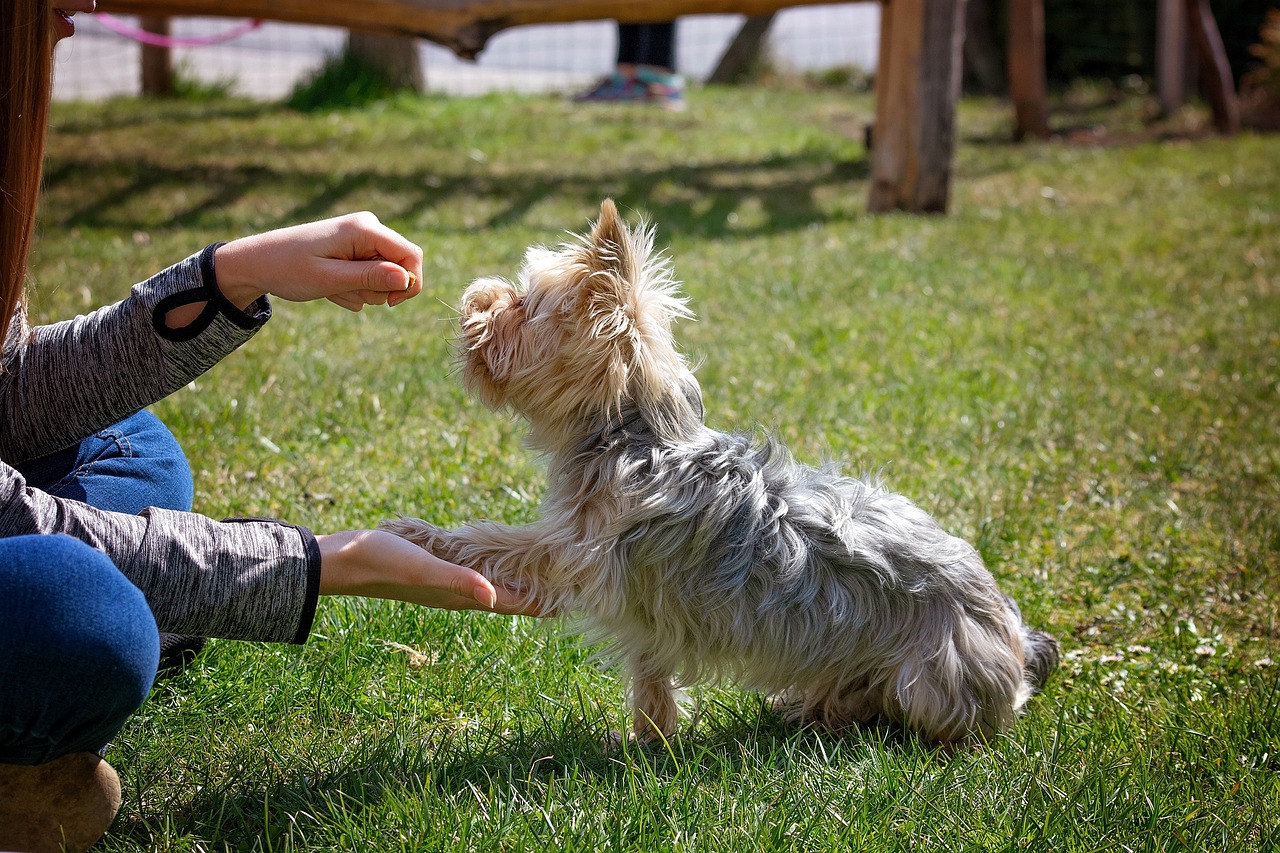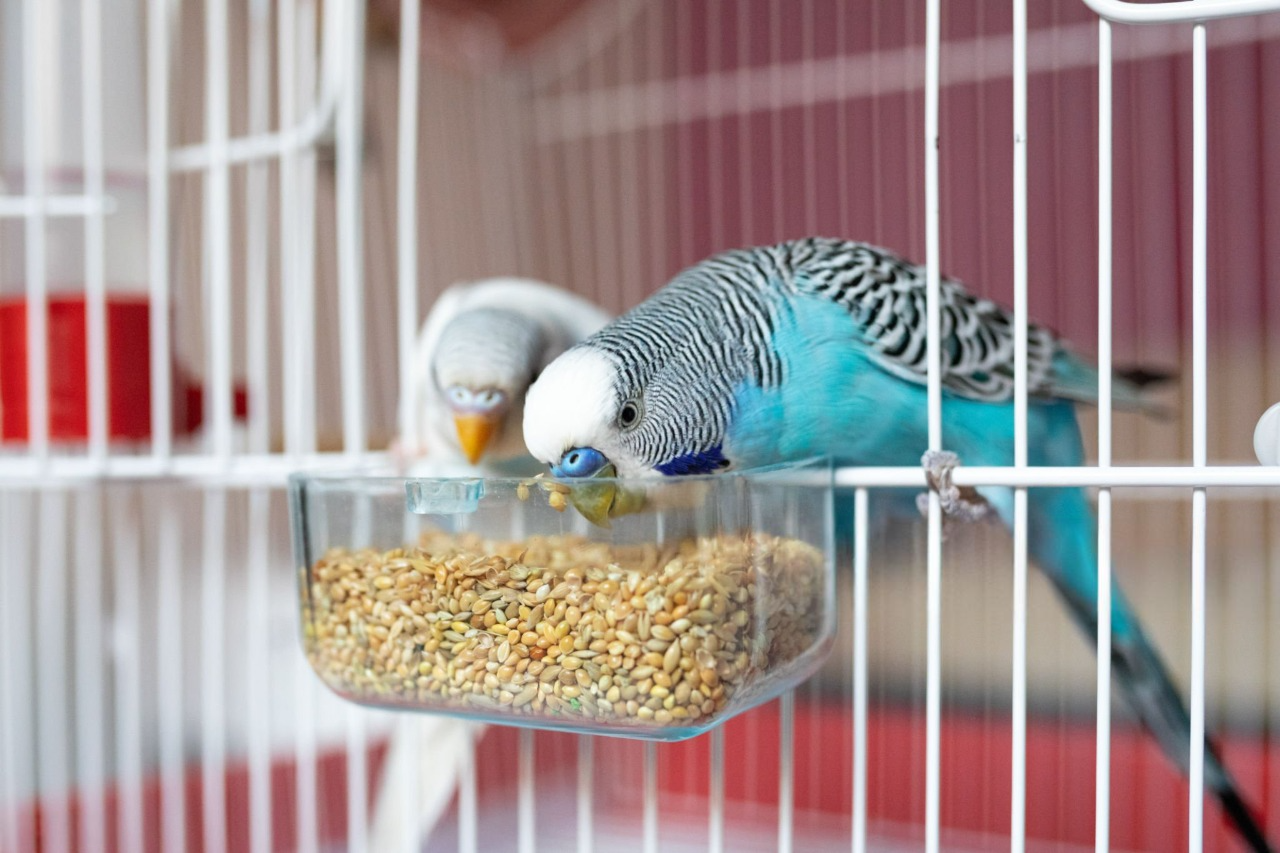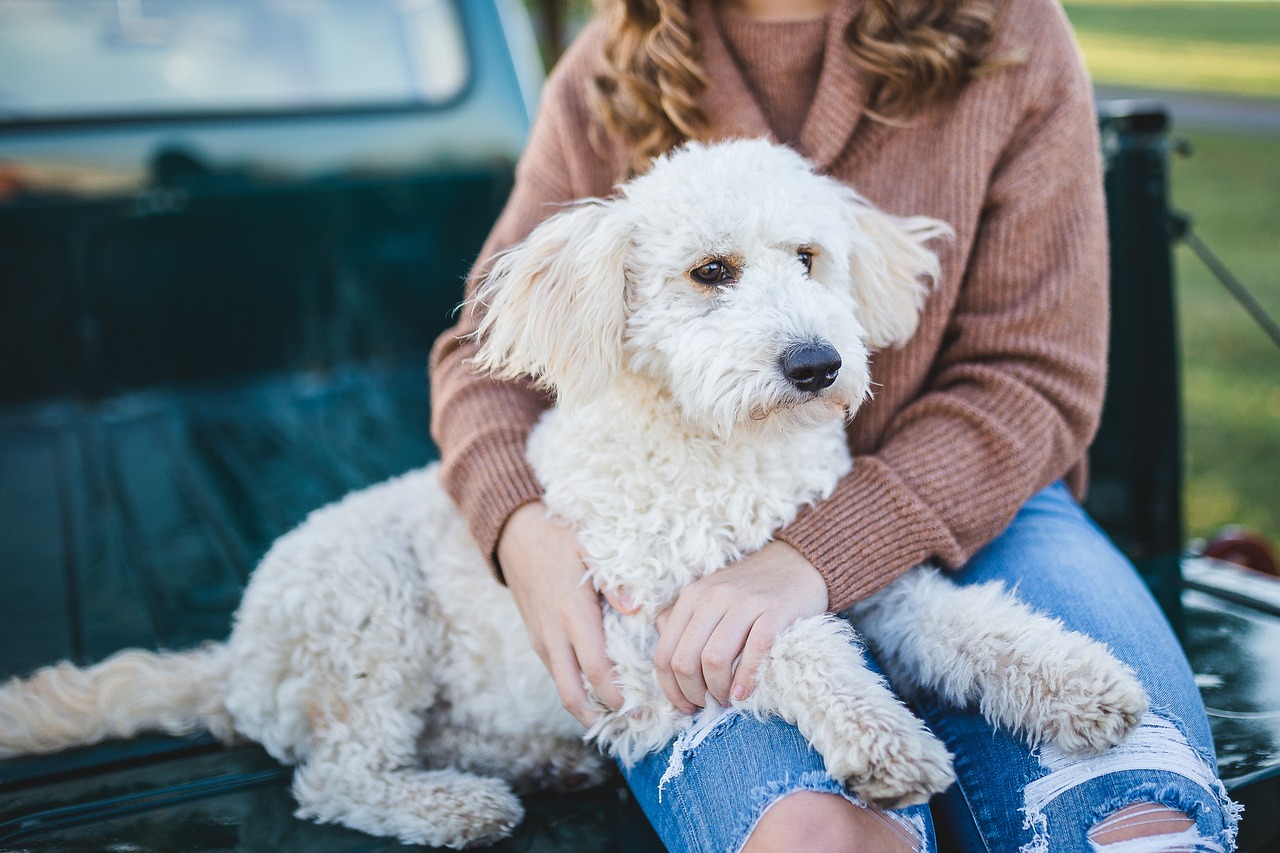How to Train Your Dog at Home: A Step-by-Step Guide to DIY Obedience
Training your dog doesn’t have to involve expensive classes or professional trainers. With a little time, patience, and consistency, you can successfully train your dog at home. DIY dog obedience training is a great way to bond with your dog while teaching them essential commands and behaviors. This guide will walk you through the process, from gathering the right tools to choosing the best training methods.
Why Train Your Dog at Home?
Training your dog is crucial for their behavior, mental stimulation, and overall well-being. It strengthens your bond and ensures your dog follows basic commands. Well-trained dogs are typically happier and healthier, and they’re easier to manage in everyday life. While enrolling in a dog training class or hiring a professional trainer are options, many pet owners successfully train their dogs on their own with a DIY approach.
1. Gather Essential Equipment
To get started with training, you’ll need a few basic items:
- Collar or Harness: Choose one that’s comfortable and suitable for your dog’s size and breed.
- Leash: Opt for a standard leash rather than a retractable one, which can be hard to control during training.
- Training Treats: Small, easy-to-eat treats are ideal for rewarding good behavior quickly. You can also use homemade treats like pieces of cooked chicken or turkey.
- Crate (Optional): A crate is helpful for housetraining and managing your dog’s behavior when you’re not able to supervise them directly.
2. Choose the Right Training Method
When it comes to dog training, positive reinforcement is one of the most effective methods. Using praise, treats, or toys to reward your dog for correct behavior helps them associate actions with positive outcomes.
Some popular training techniques include:
- Clicker Training: Uses a click sound to mark a specific behavior, followed by a reward. This helps your dog understand exactly what action is being praised.
- Lure-Reward Training: Uses a treat to guide your dog into the correct position or behavior, followed by the reward.
Before starting, take some time to research different training methods to determine what will work best for you and your dog. Training resources, such as books and websites, can provide helpful tips and videos for beginners.
3. Set a Consistent Training Schedule
To train your dog effectively, consistency is key. Set aside 10 to 15-minute sessions, two to three times a day, to teach new commands. Puppies may have shorter attention spans, so it’s best to keep training sessions brief, while older dogs may be able to focus for slightly longer.
Start with basic commands like sit, stay, down, and come. These foundational commands are essential for everyday interactions and safety. It’s best to focus on one command at a time to avoid confusing your dog.

4. Teach Basic Commands First
Start by teaching your dog simple commands that are easy for them to understand:
- Sit: This is one of the first commands many dogs learn. It’s simple and serves as the foundation for other behaviors.
- Down: Teaching your dog to lie down is essential for controlling their movements in various situations.
- Stay: The stay command helps keep your dog in place until they’re released.
- Come: This is one of the most important commands for ensuring your dog’s safety, especially outdoors.
Once your dog has mastered these basic commands, you can gradually introduce more advanced skills or fun tricks.
5. Seek Help if Needed
While training your dog at home can be very effective, you may encounter challenges along the way. If you’re struggling with a particular behavior or need additional guidance, professional dog trainers can help. Many trainers offer private sessions, group classes, or even online consultations.
Dog training classes are especially useful for socialization. They allow your dog to practice commands while surrounded by distractions, such as other dogs. You can also join group classes to save on costs while still receiving professional guidance.
Remember, involving yourself actively in your dog’s training will help strengthen your bond and improve the results. Even if you choose professional help, be sure to stay involved in the process.
6. Troubleshoot Common Training Problems
Training takes time, and you may encounter setbacks or resistance from your dog. Here are some common issues and how to address them:
- Jumping Up: If your dog jumps on you or others, redirect their attention to a different behavior, such as sitting, and reward them for doing so.
- Barking: Excessive barking can be addressed by teaching the “quiet” command or redirecting their attention with a toy or treat.
- Stubborn Behavior: If your dog isn’t cooperating, try to keep things positive. Reinforce good behavior and avoid using punishment, which can create confusion or anxiety.
It’s important to remain patient and consistent. Use rewards your dog enjoys, and avoid becoming frustrated or angry. Always end training sessions on a positive note, even if that means revisiting a simpler command your dog already knows.
7. Keep Training Sessions Fun and Positive
To ensure long-term success, keep training enjoyable for your dog. Dogs are more likely to learn and retain new behaviors if they associate training with positive experiences. Incorporate praise, treats, and play into each session, and keep a fun, upbeat tone.
If your dog begins to lose interest, or if they seem overwhelmed, end the session and try again later. Training should never feel like a chore for either you or your dog.
8. Common FAQs About DIY Dog Obedience Training
How long does it take to train a dog?
Training times vary depending on your dog’s age, breed, and temperament. Basic obedience commands can take a few weeks to master, while more advanced skills may take longer.
Can I train an older dog?
Yes! Older dogs can still learn new commands and behaviors. Be patient and consistent, and use positive reinforcement techniques to encourage learning.
How much does dog training cost?
Private dog training sessions can cost around $50 per hour, depending on the trainer and your location. Group classes tend to be more affordable.
At what age should I start training my dog?
Training can start as early as 6 to 8 weeks old for puppies. Older dogs can also benefit from training, but may require more patience due to their established habits.
Conclusion: Success Through Consistency and Patience
DIY dog obedience training is a great way to establish a strong relationship with your dog while teaching them essential commands and behaviors. With the right equipment, training techniques, and a commitment to consistency, you can successfully train your dog at home. Stay patient, keep sessions short and fun, and celebrate your dog’s progress. The rewards of a well-trained dog are worth the effort!

“A blog for pet lovers” is a dedicated space where animal enthusiasts can explore tips, stories, and expert advice on pet care, training, health, and more. Whether you’re a dog person, a cat lover, or someone who adores all animals, this blog offers a warm and engaging community for you to connect, learn, and celebrate the joy of having pets…







